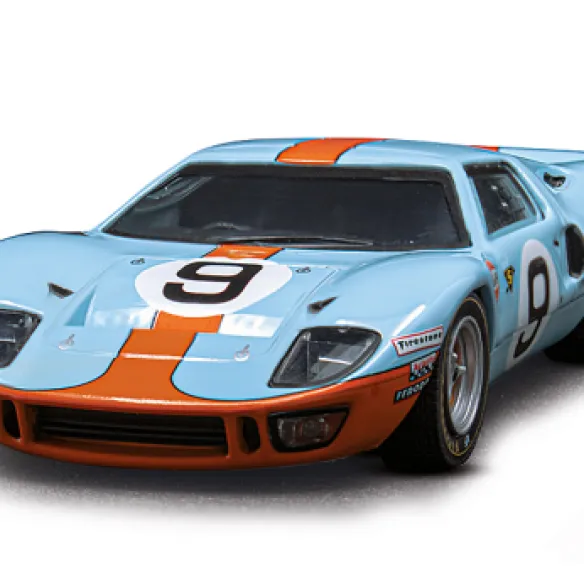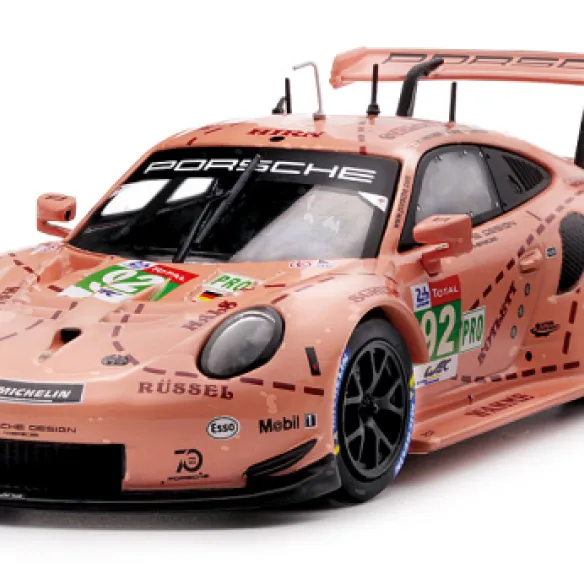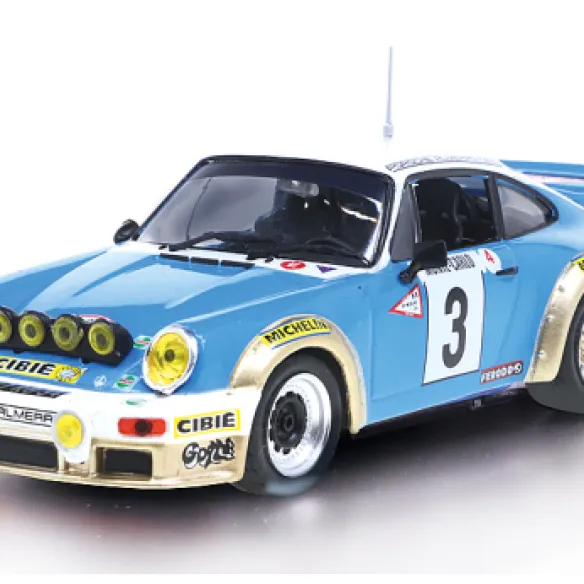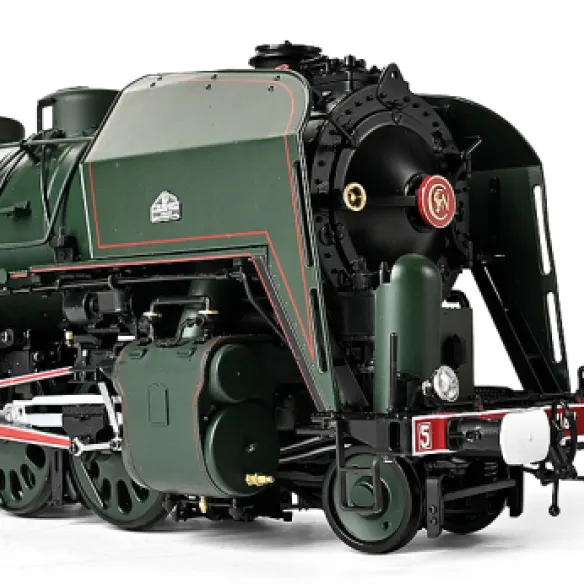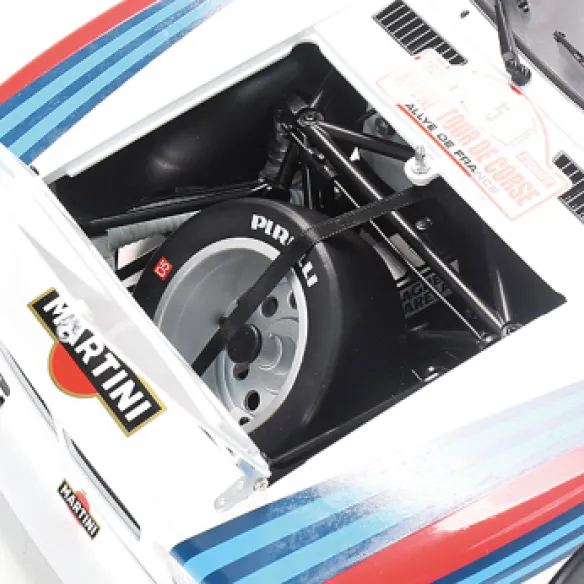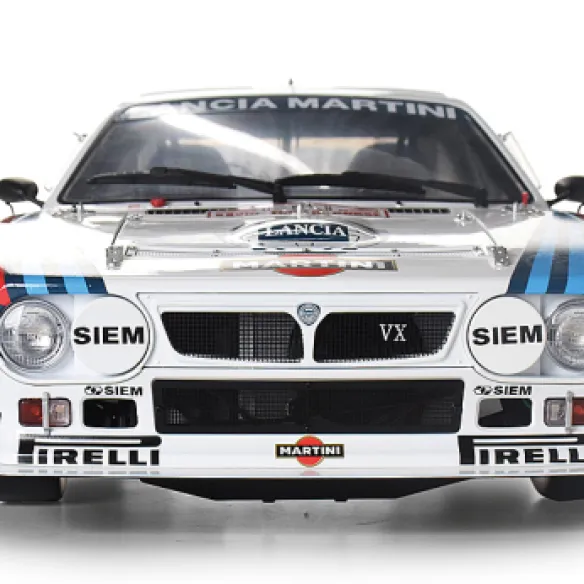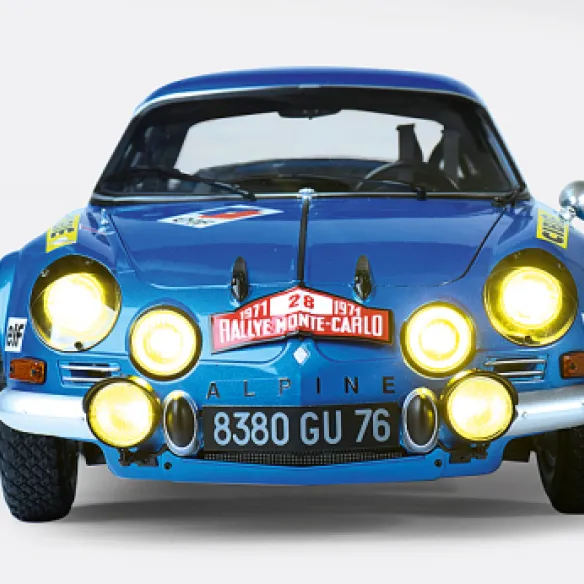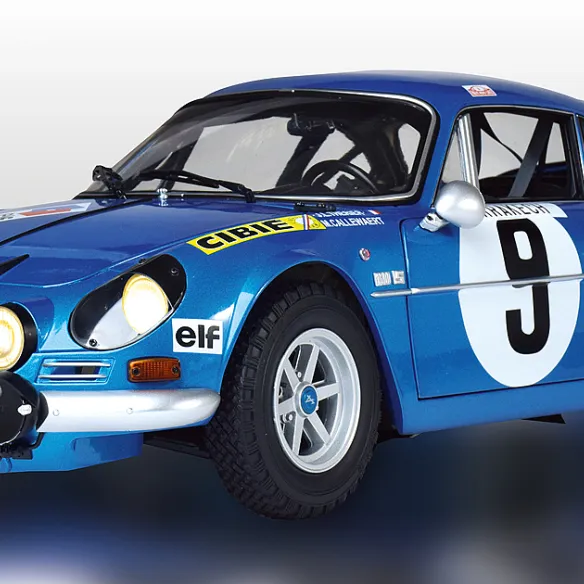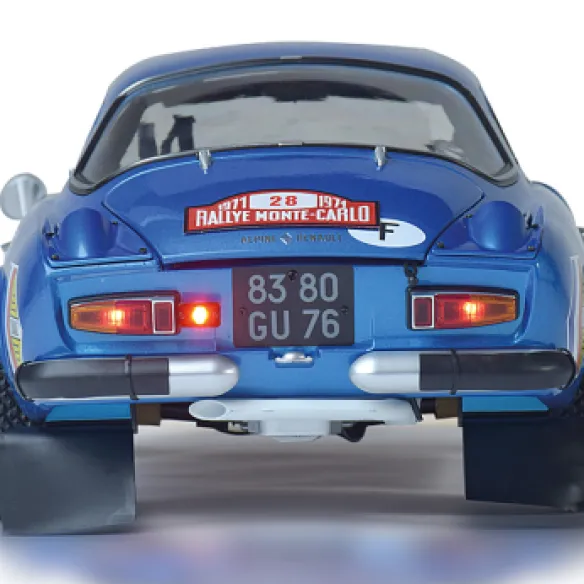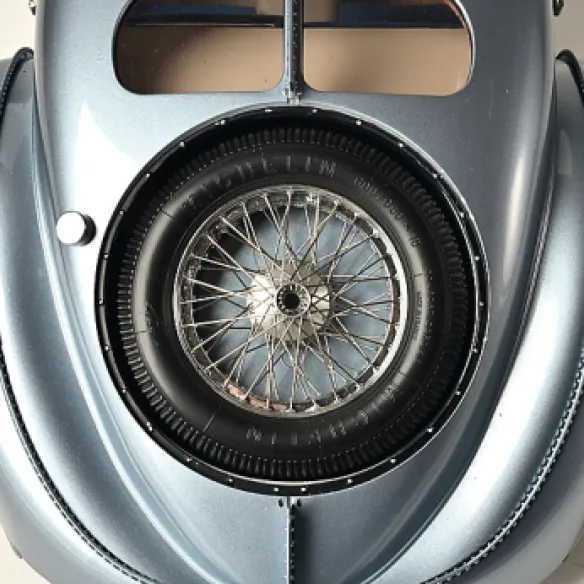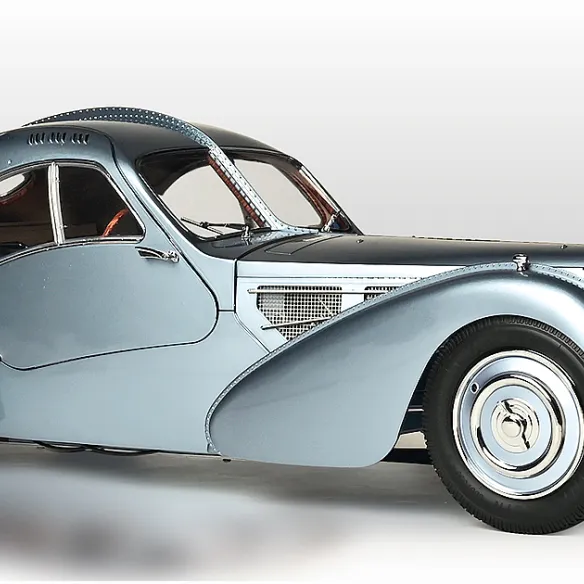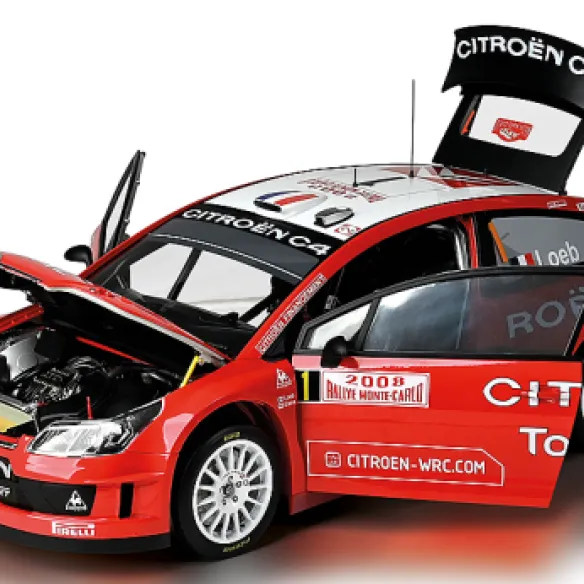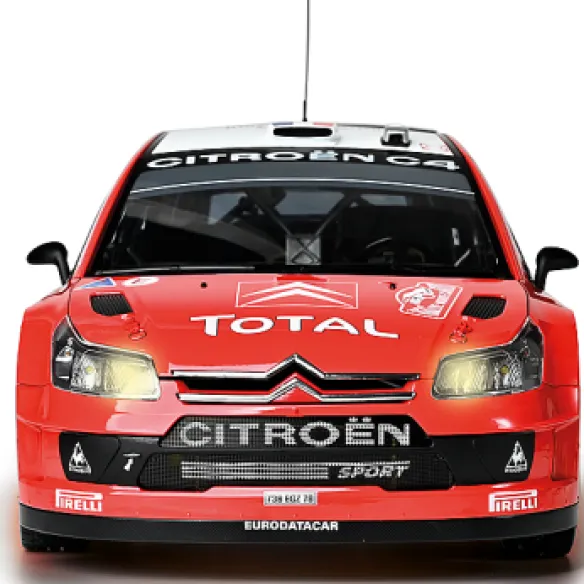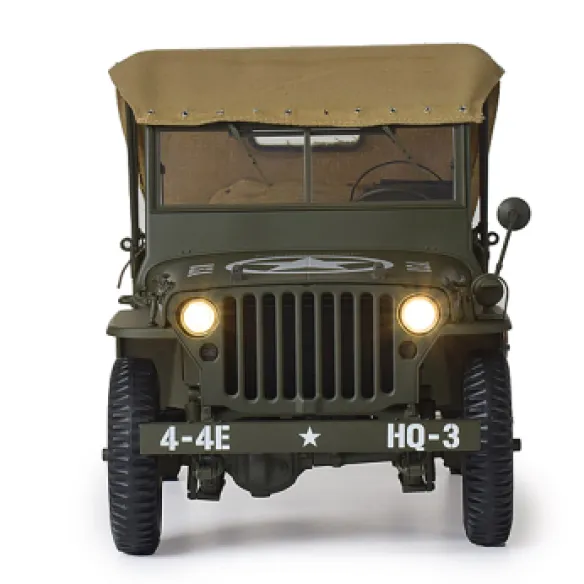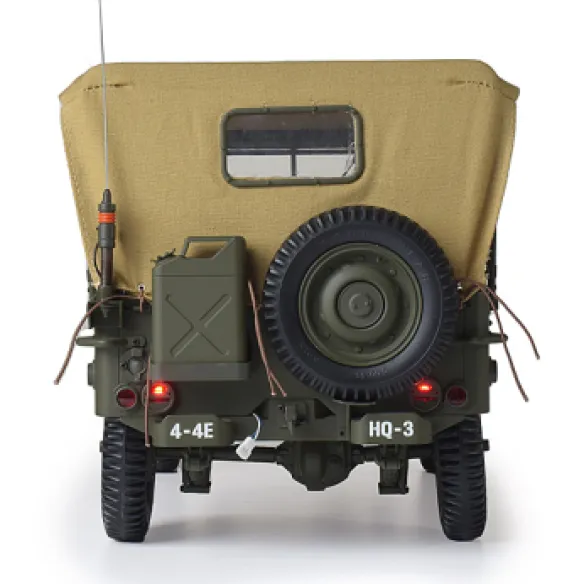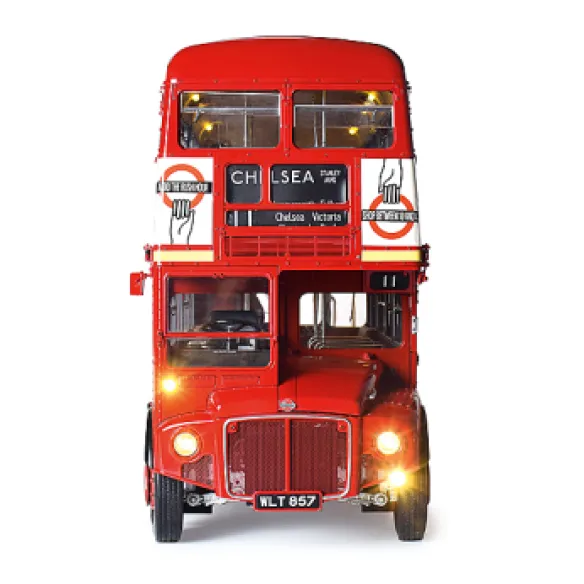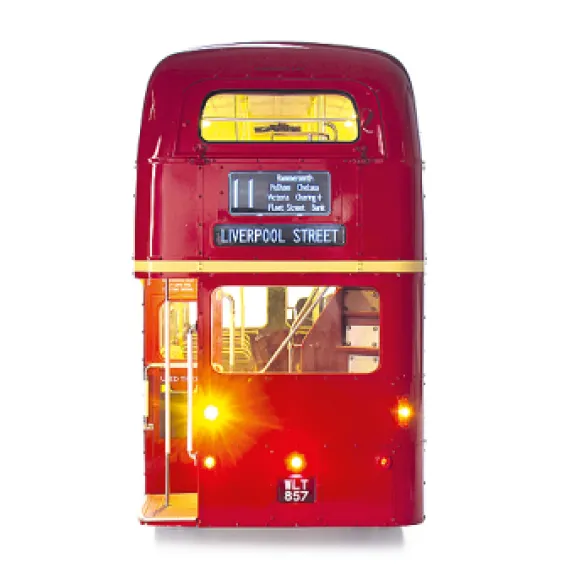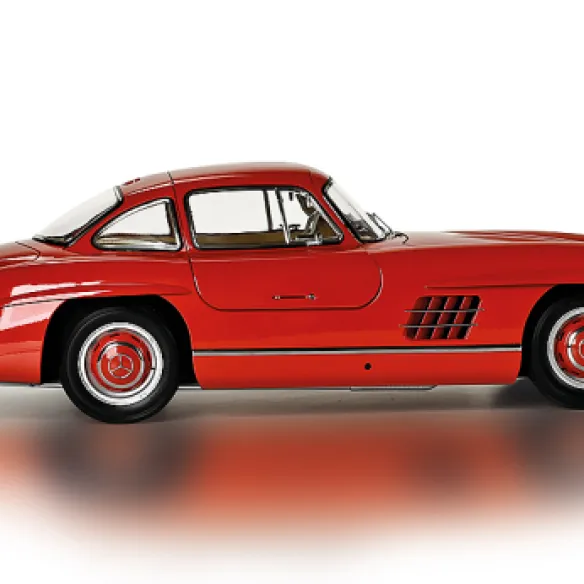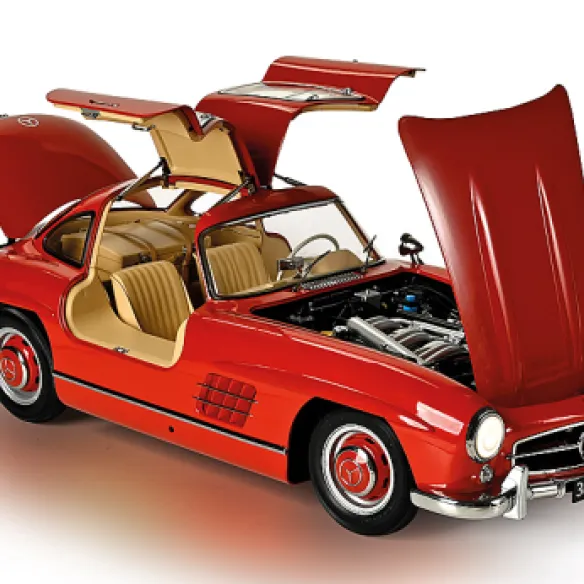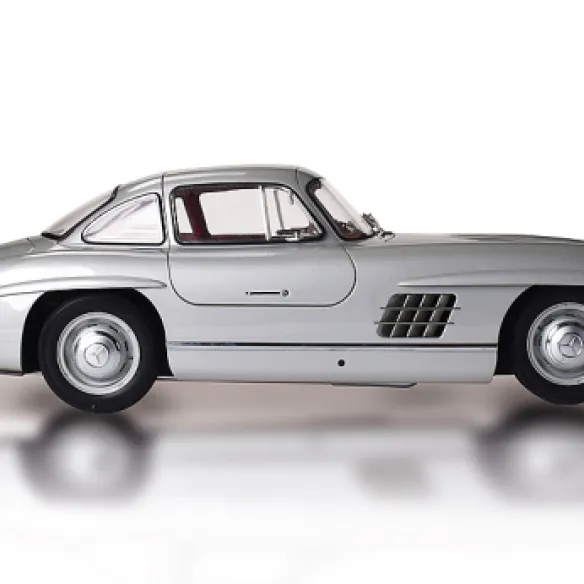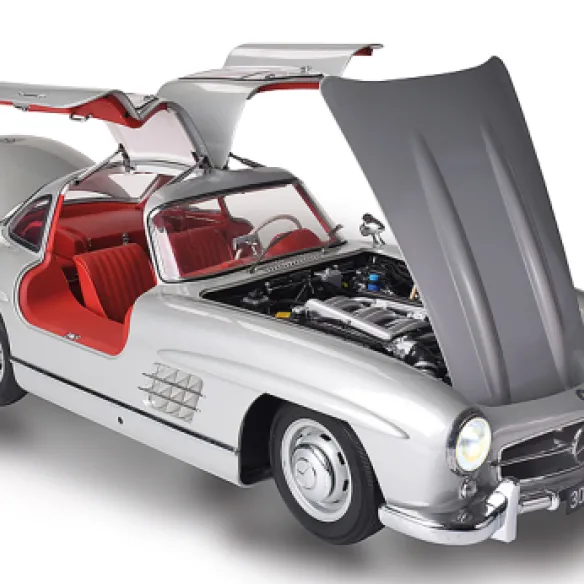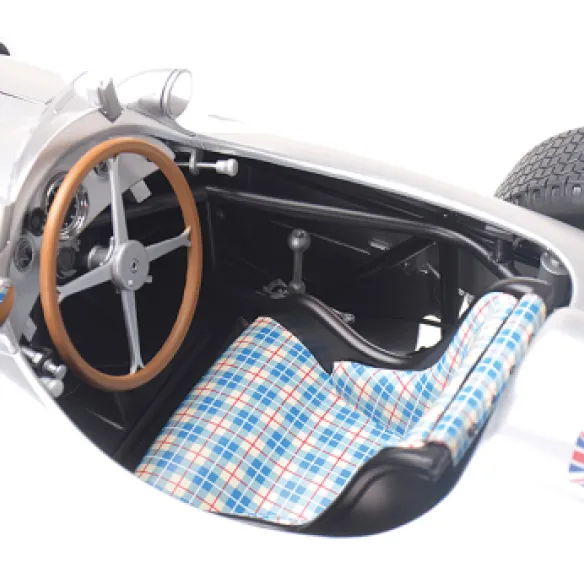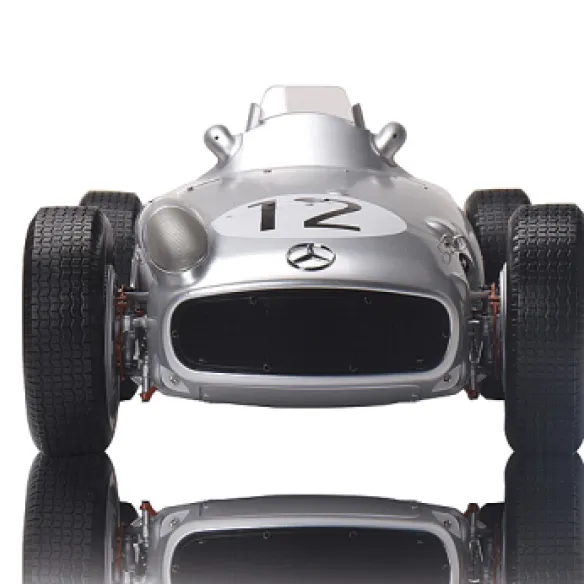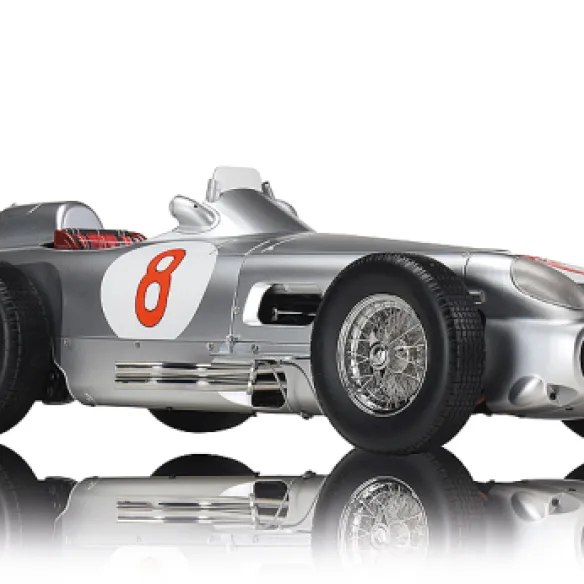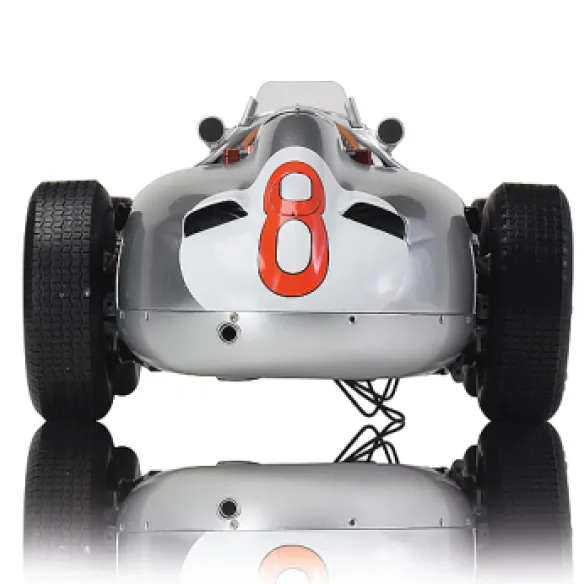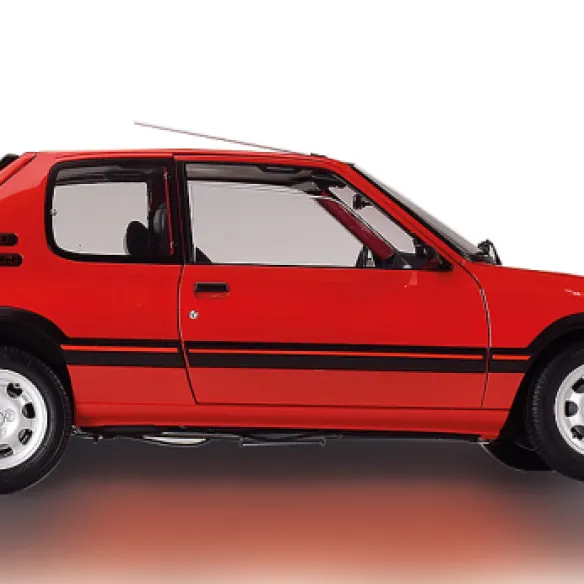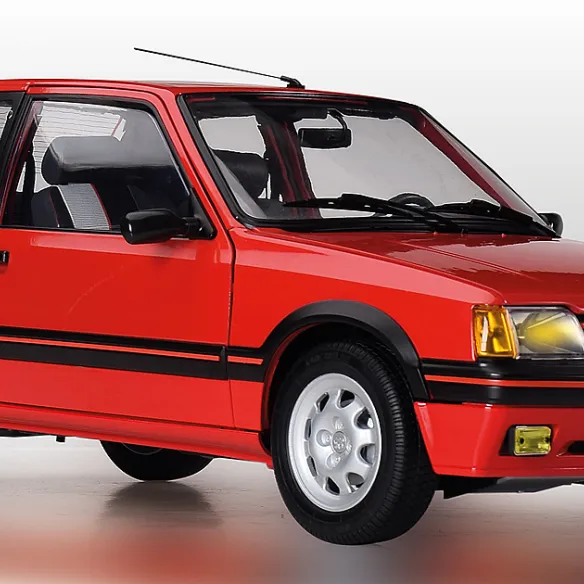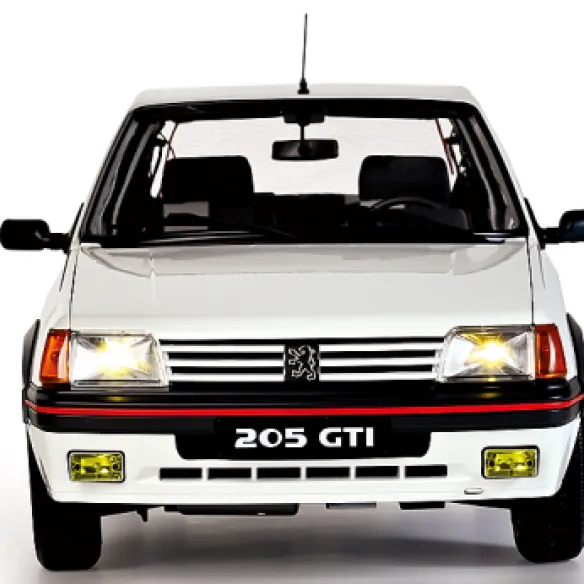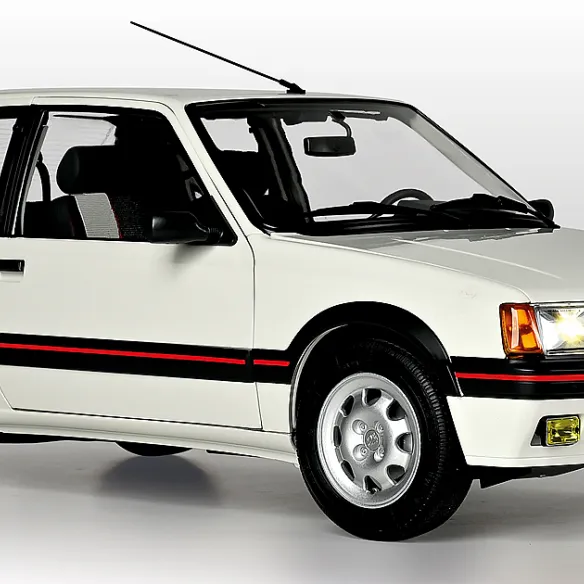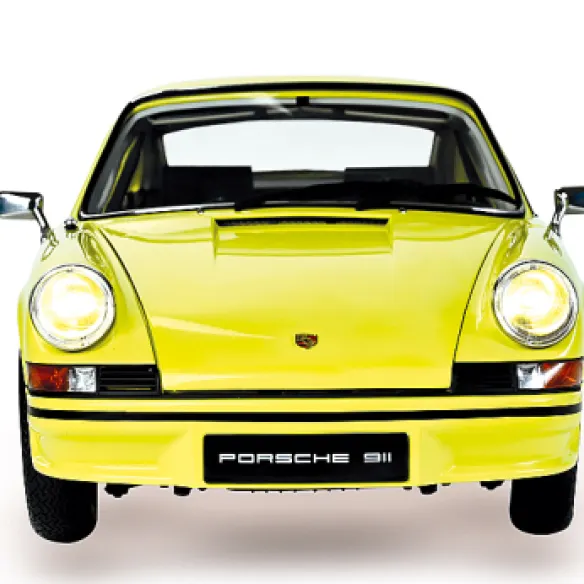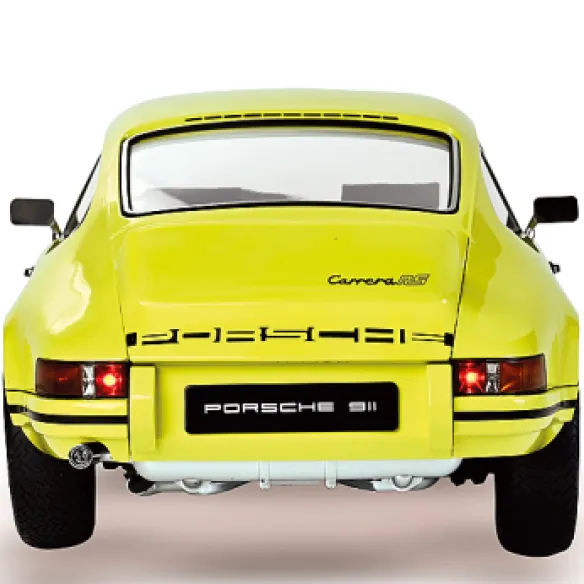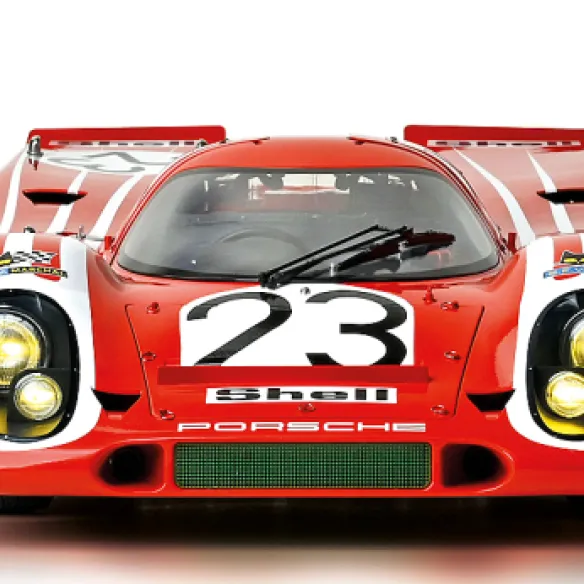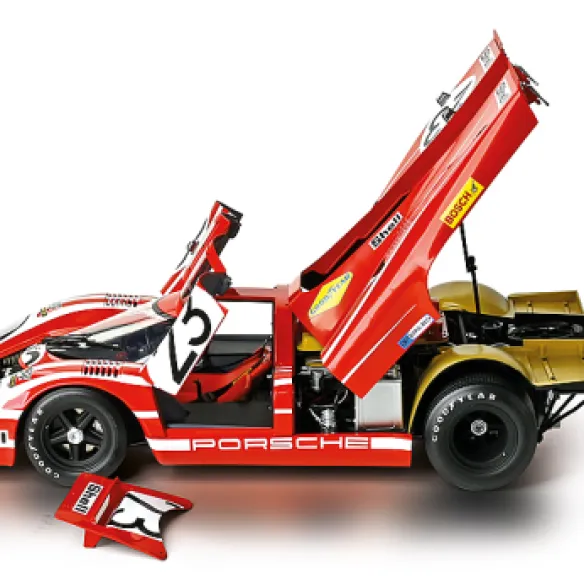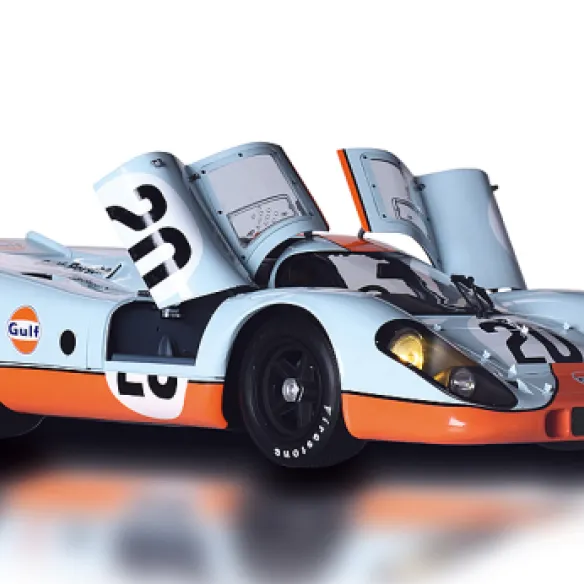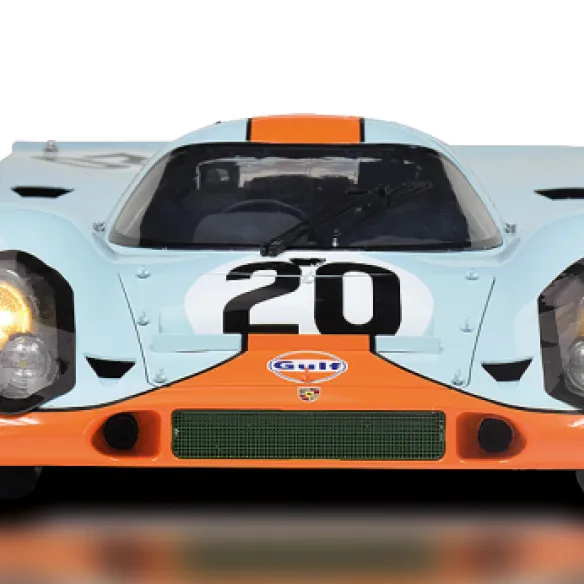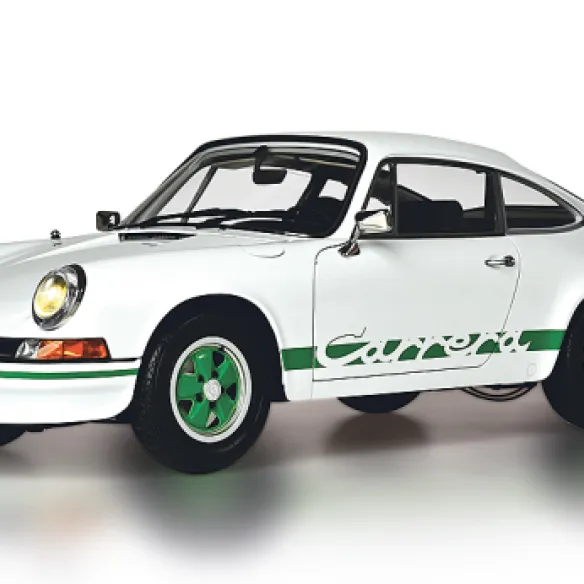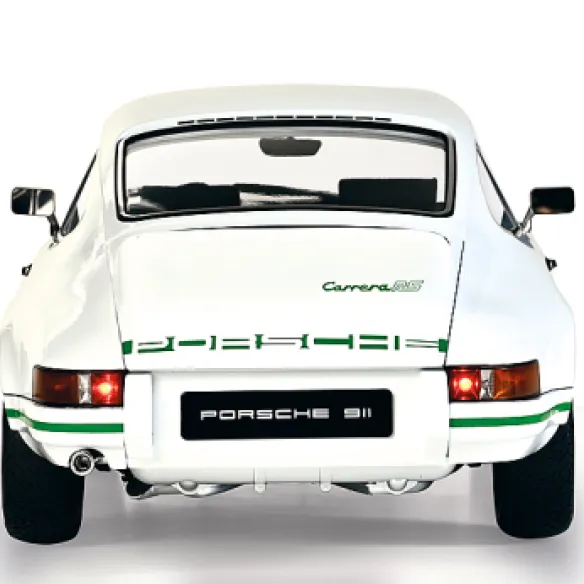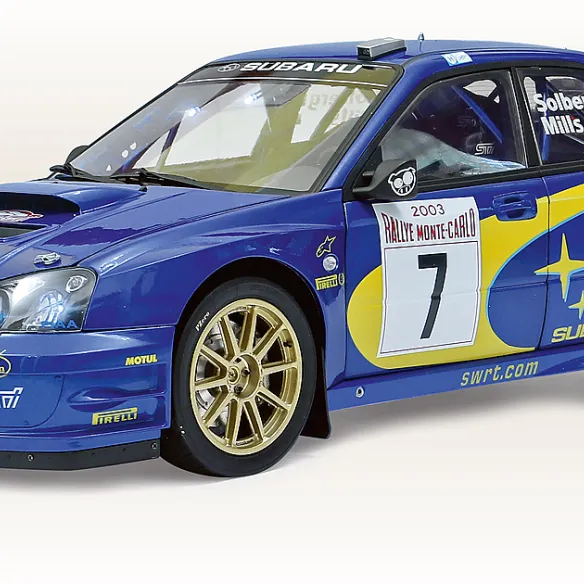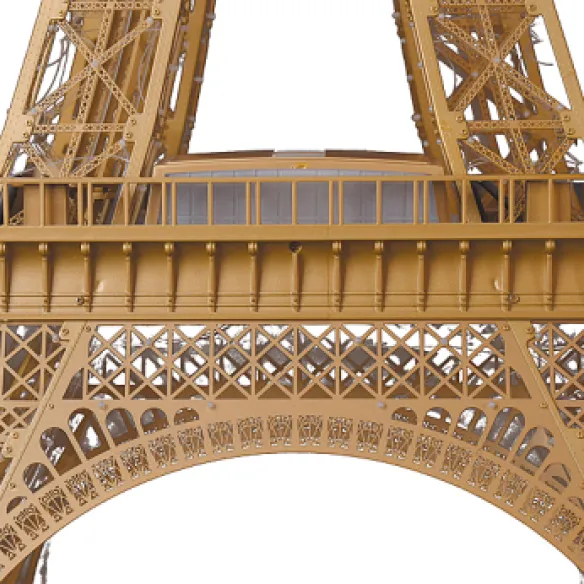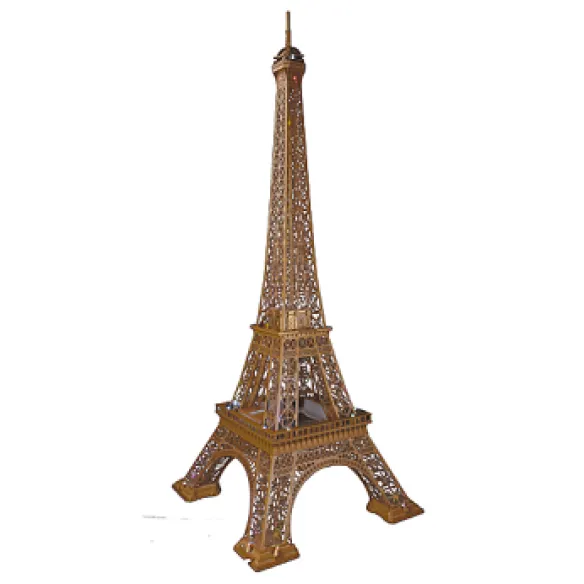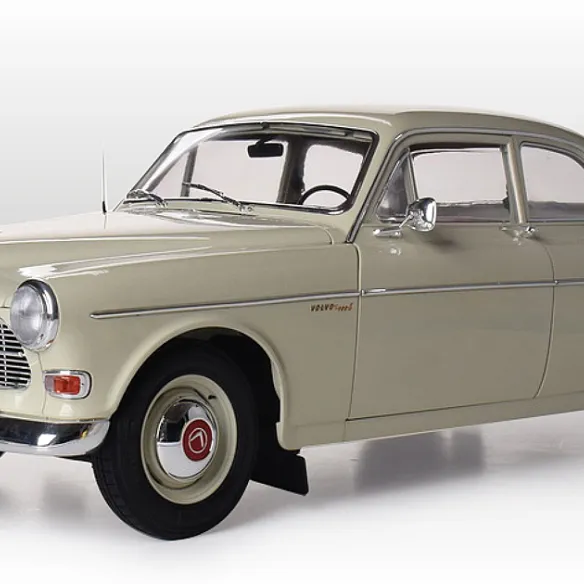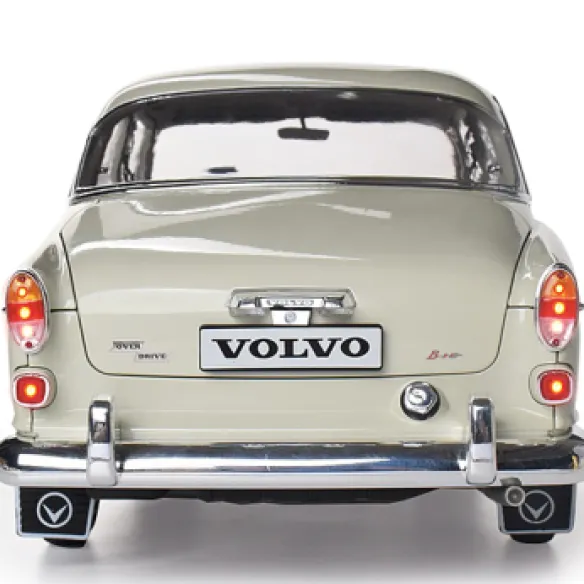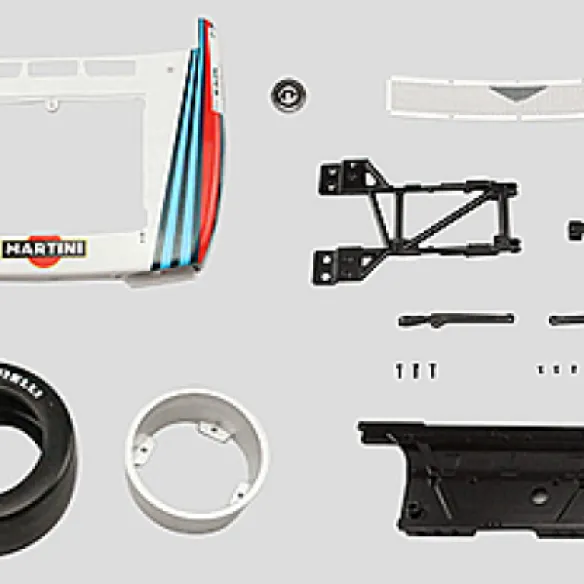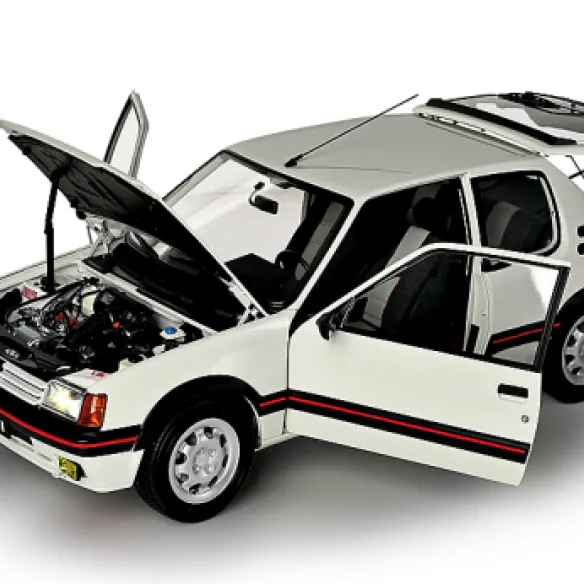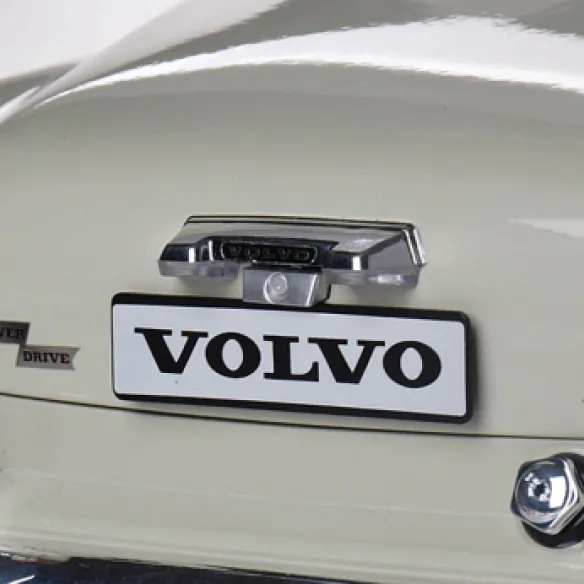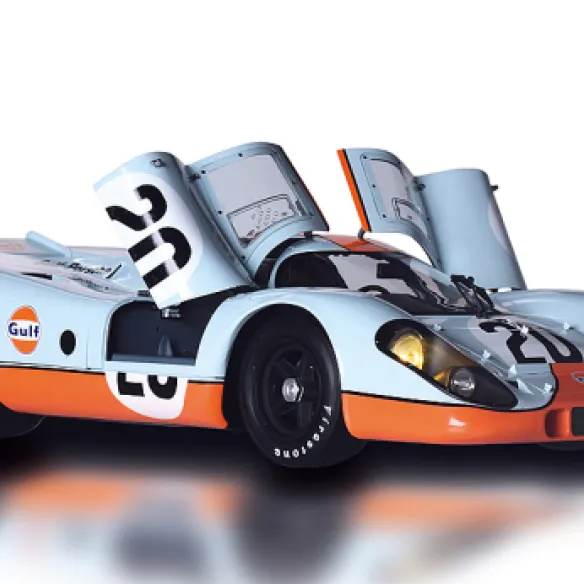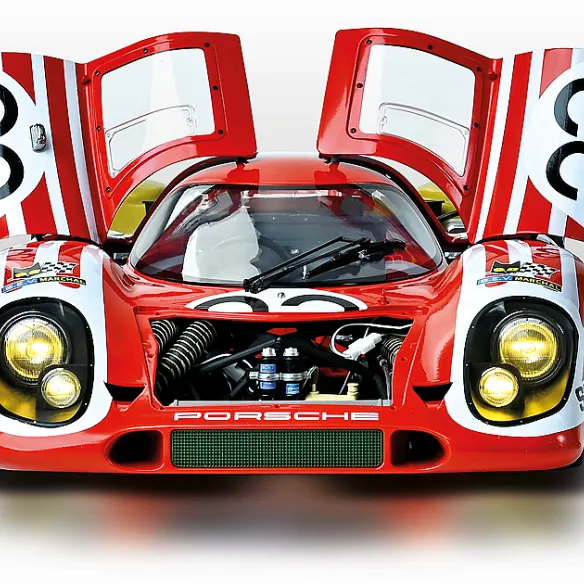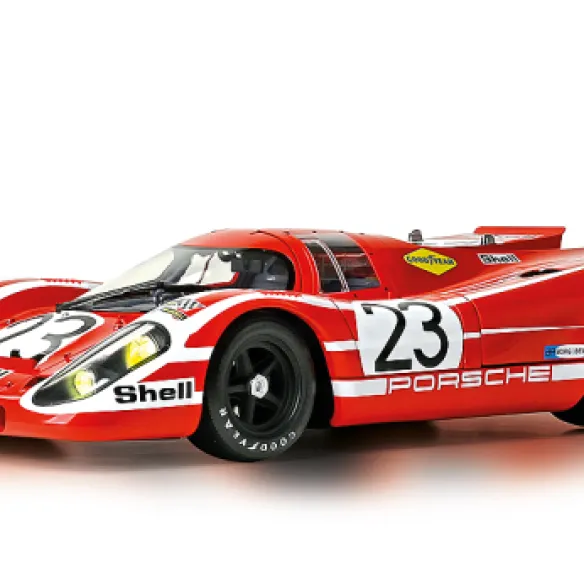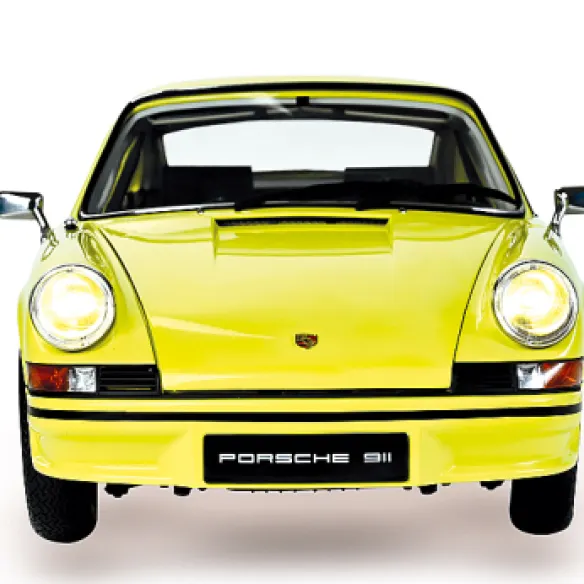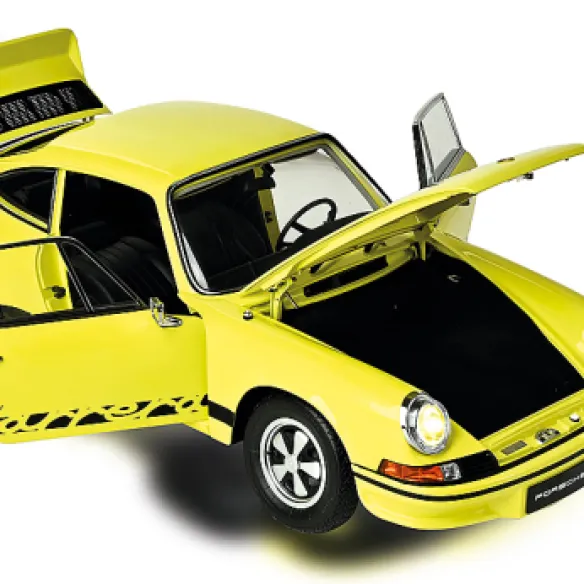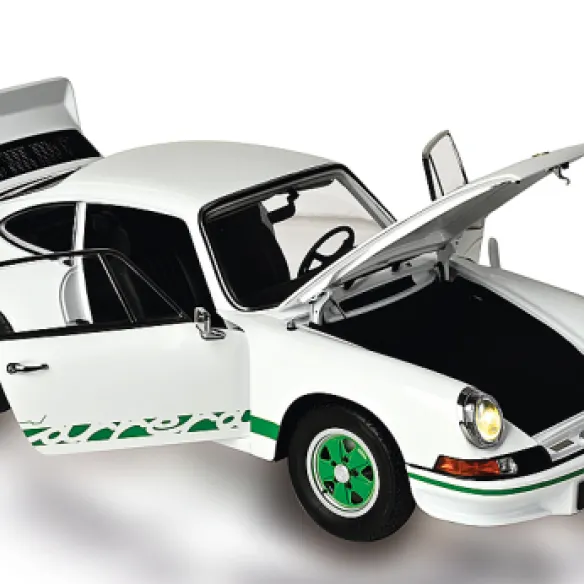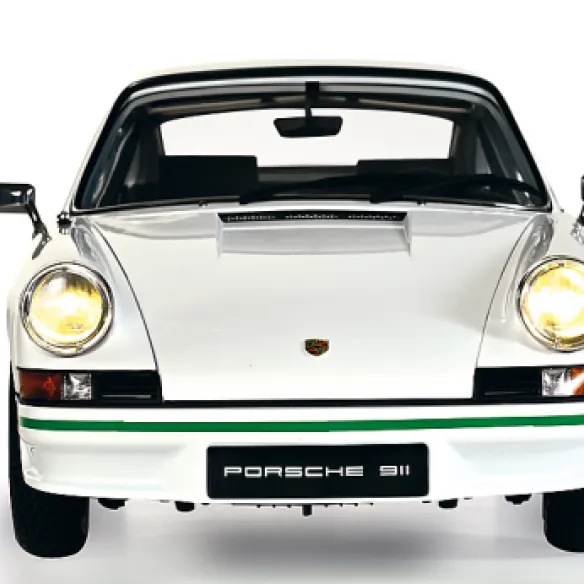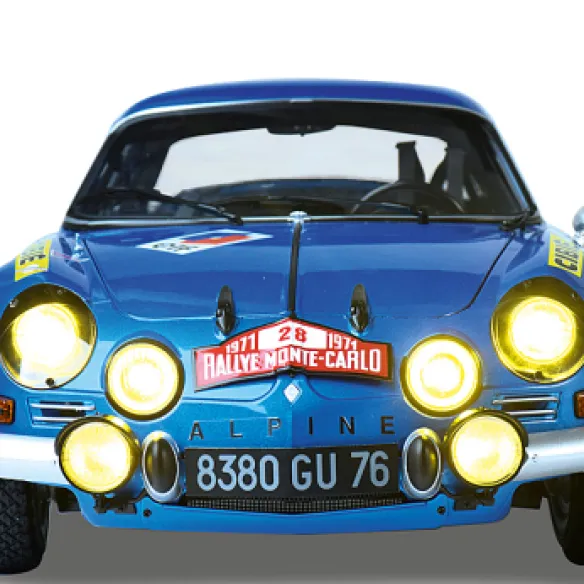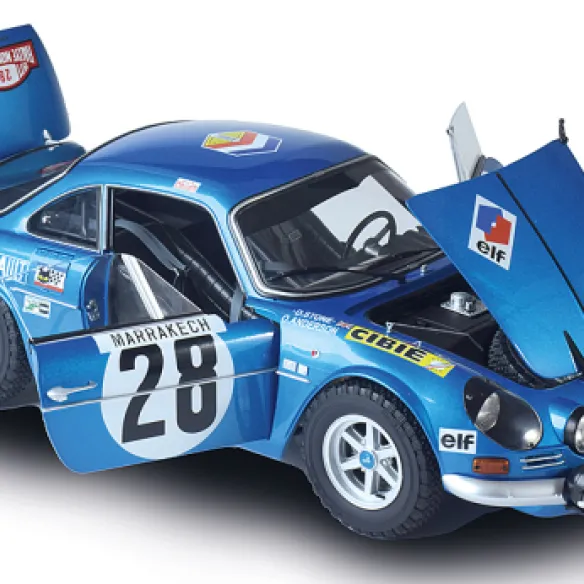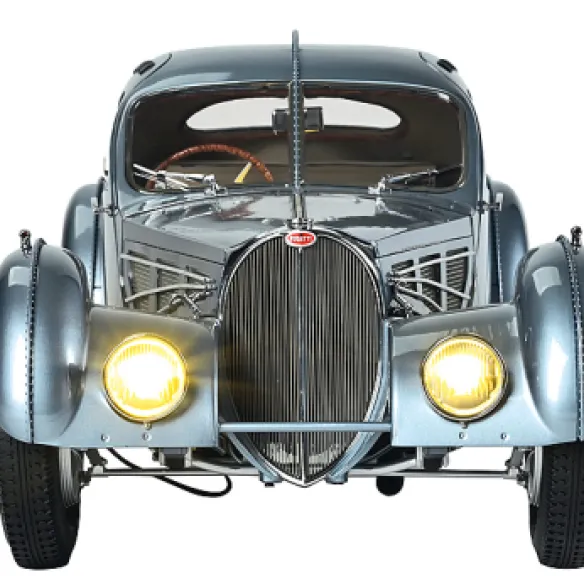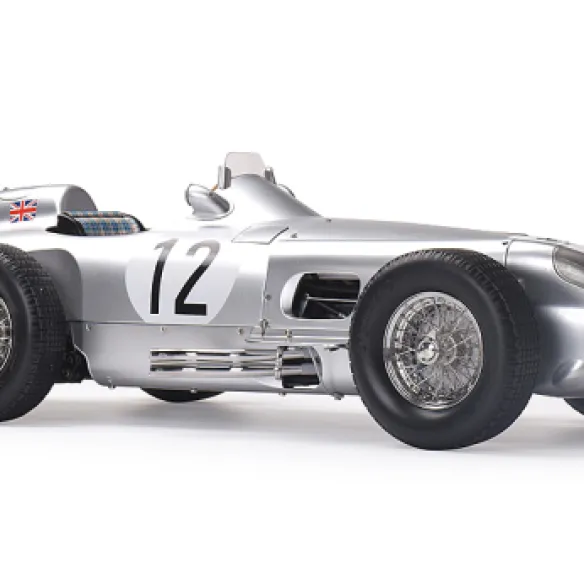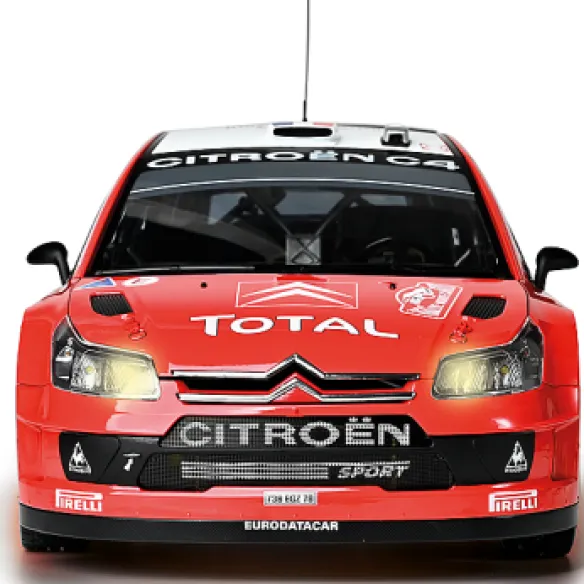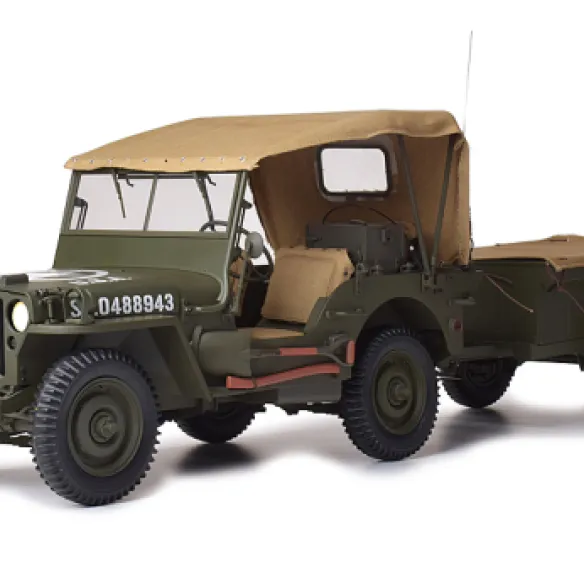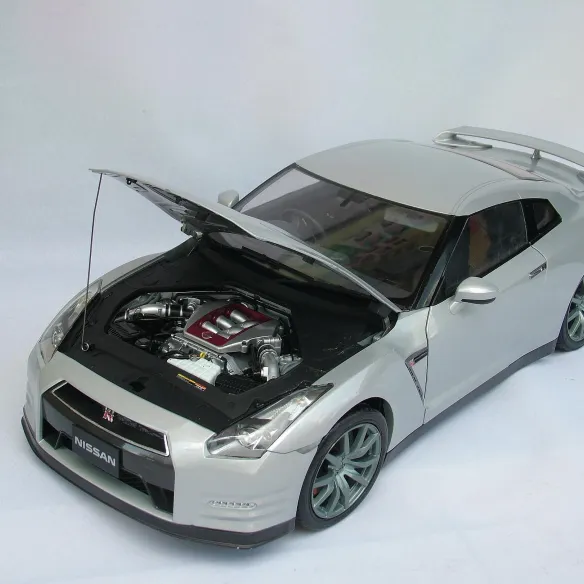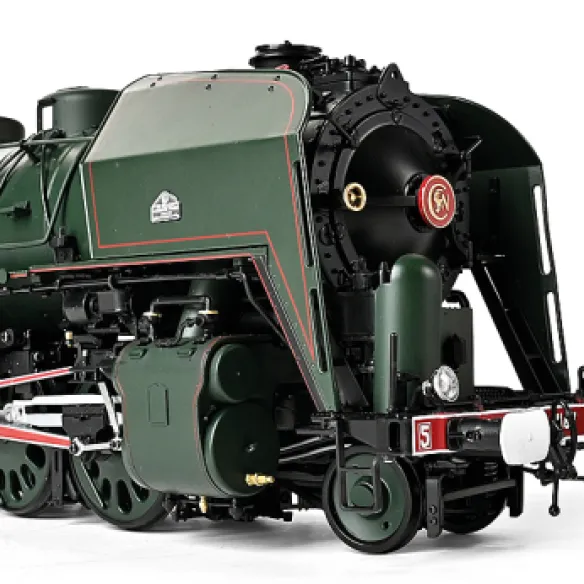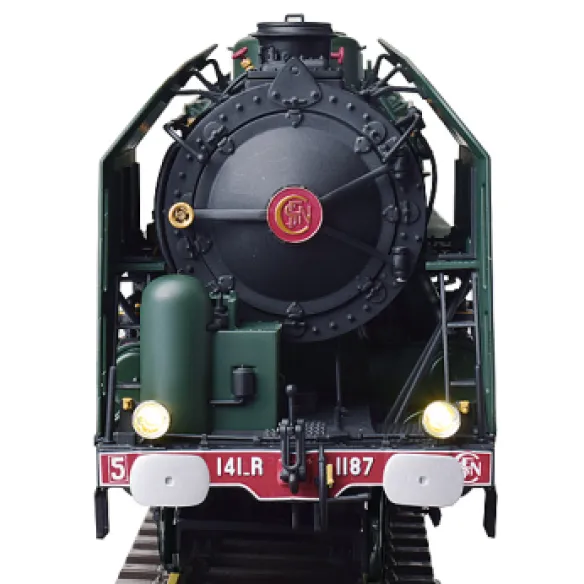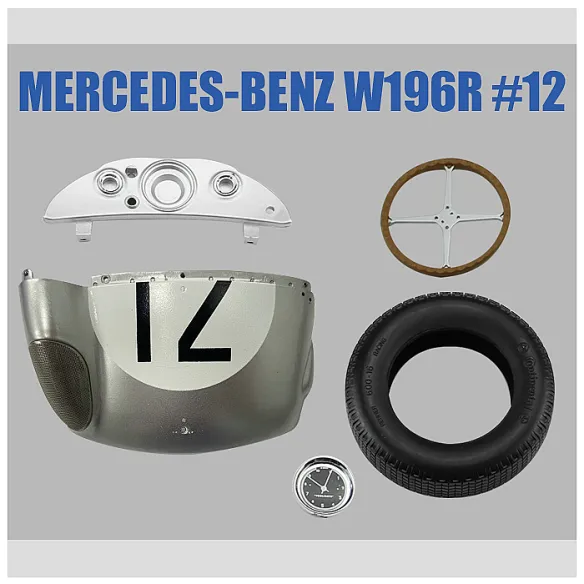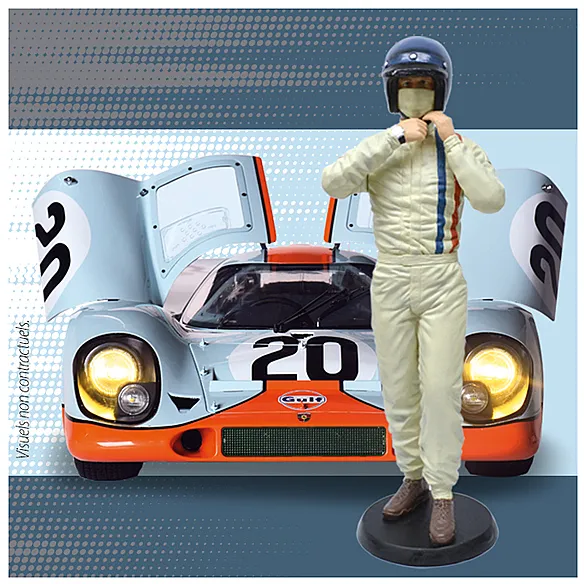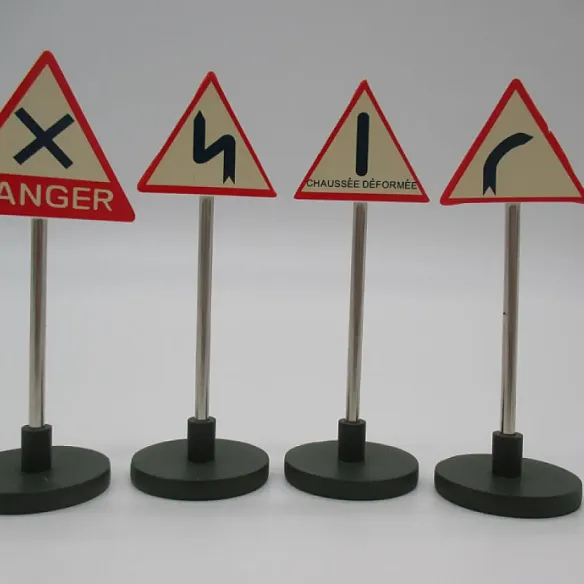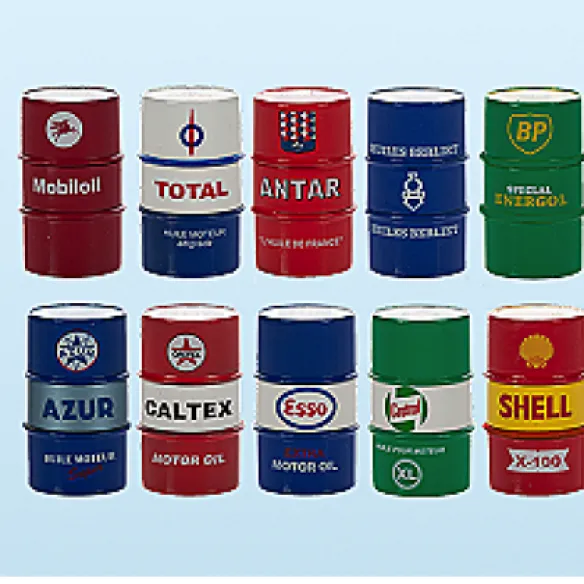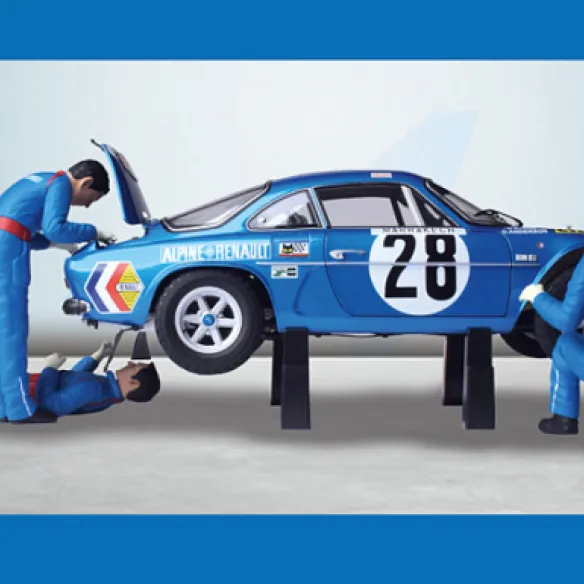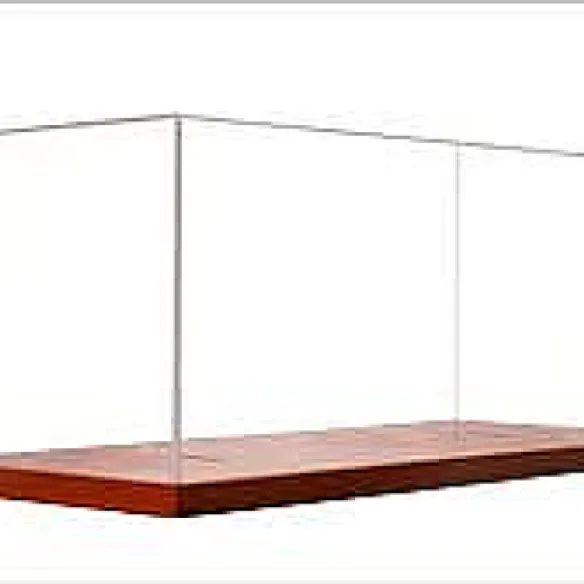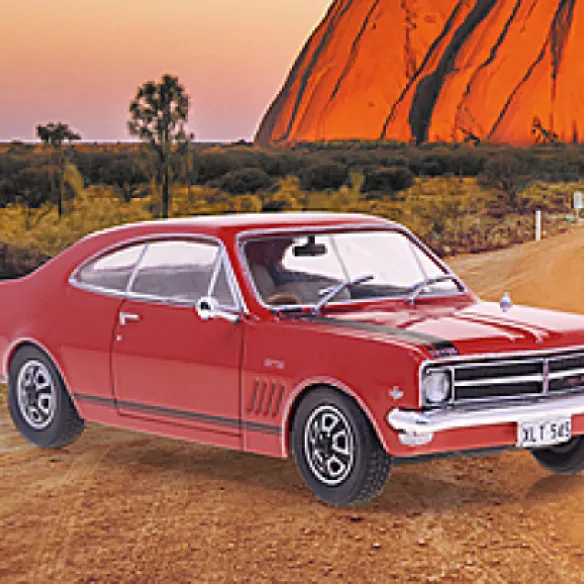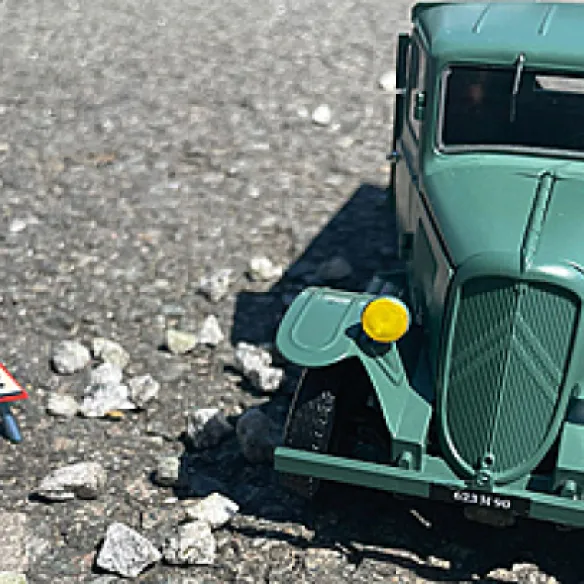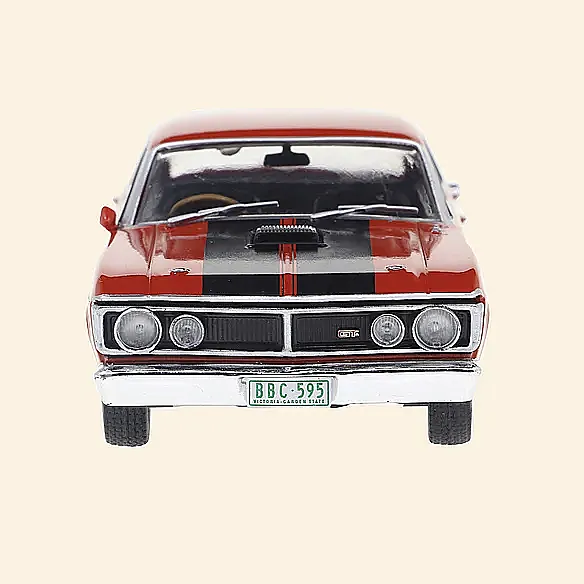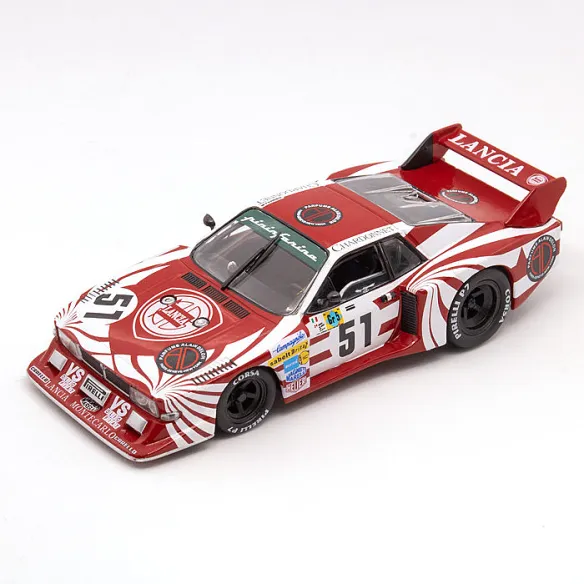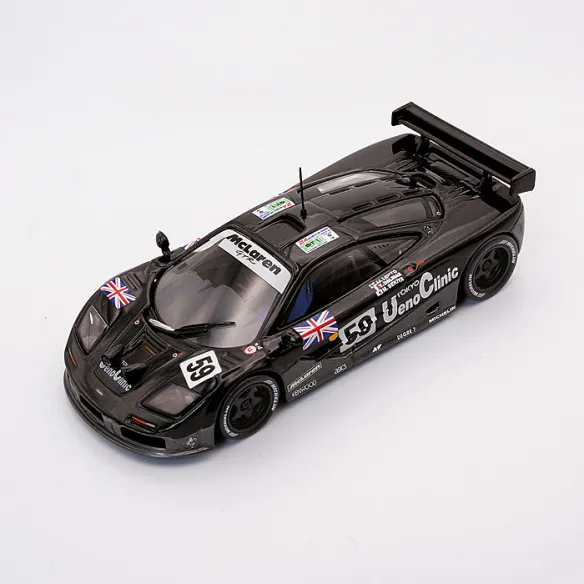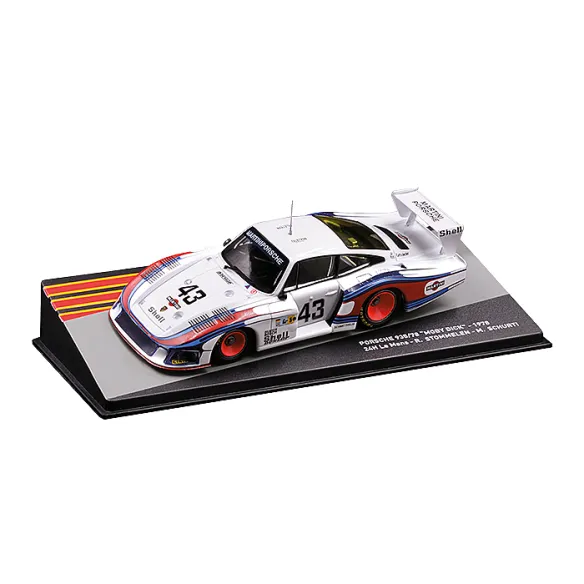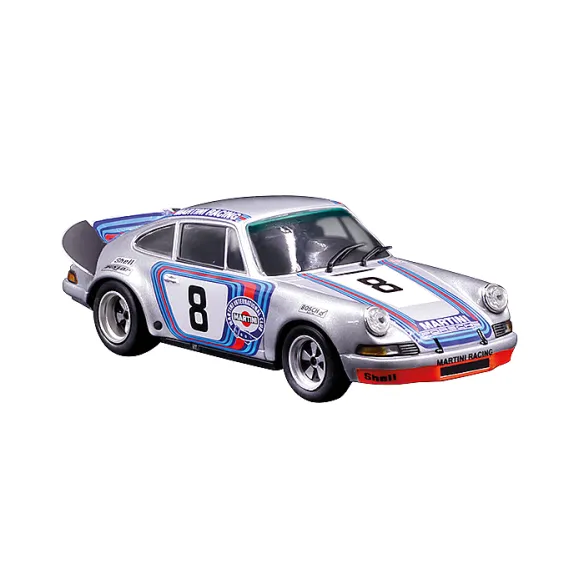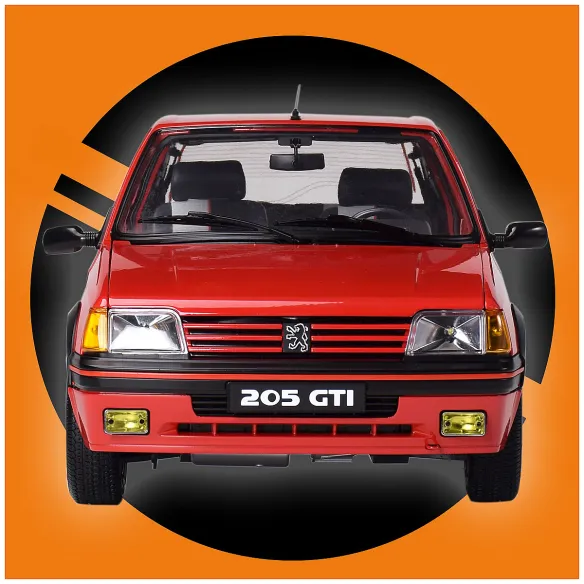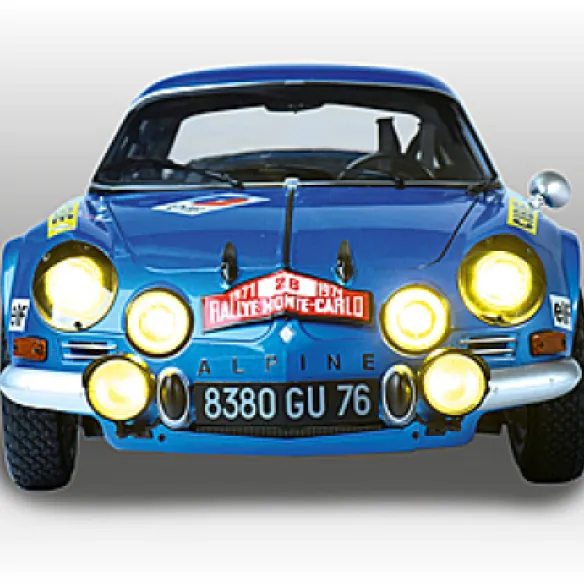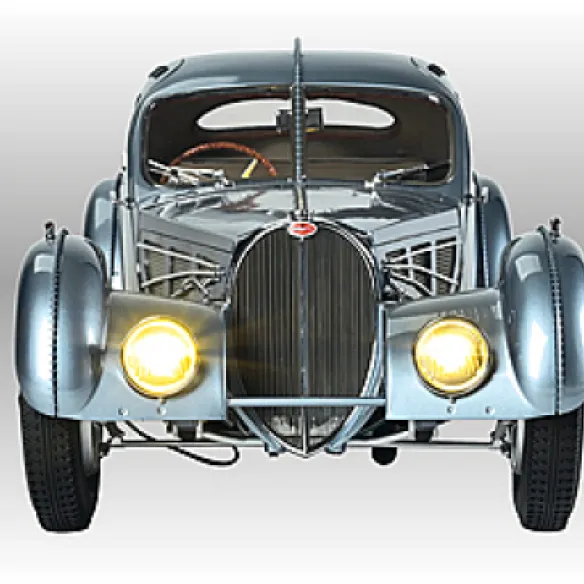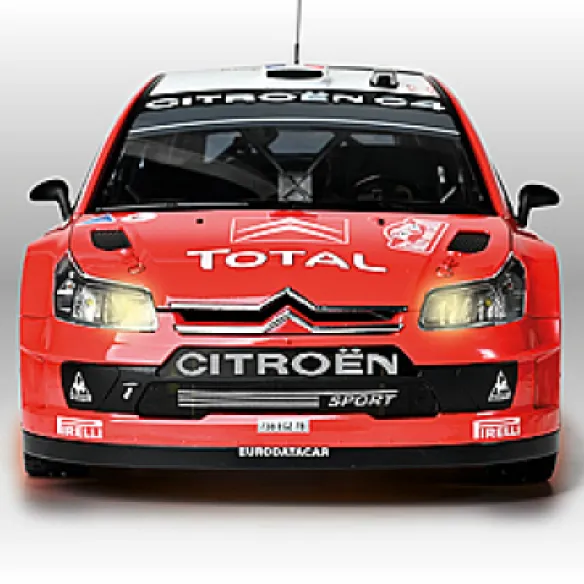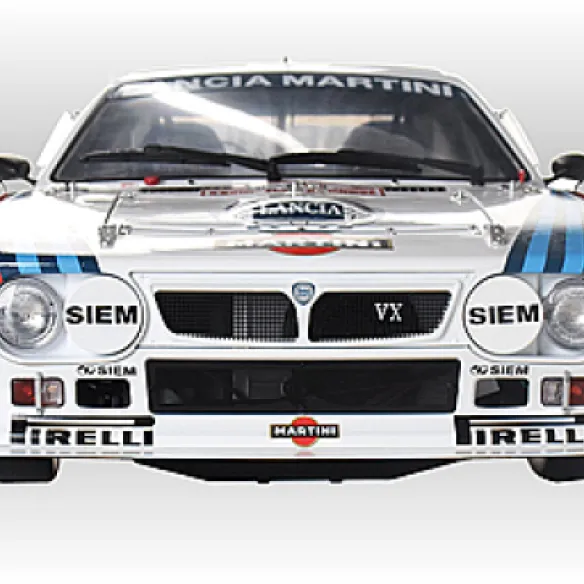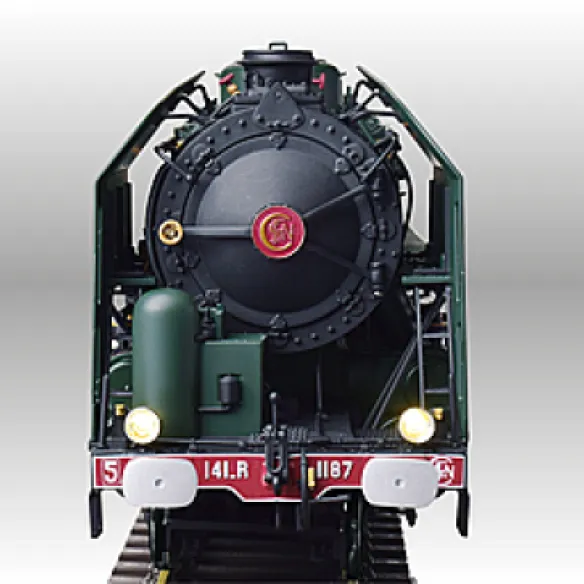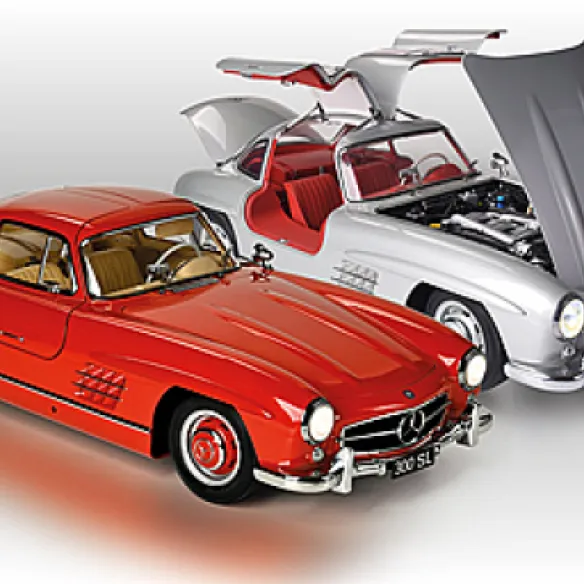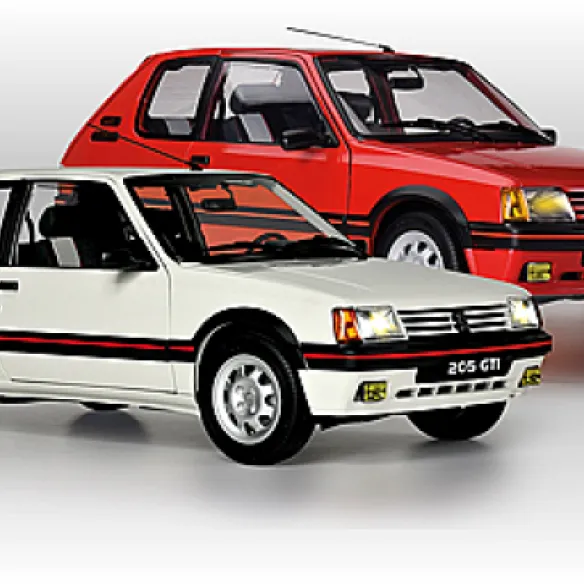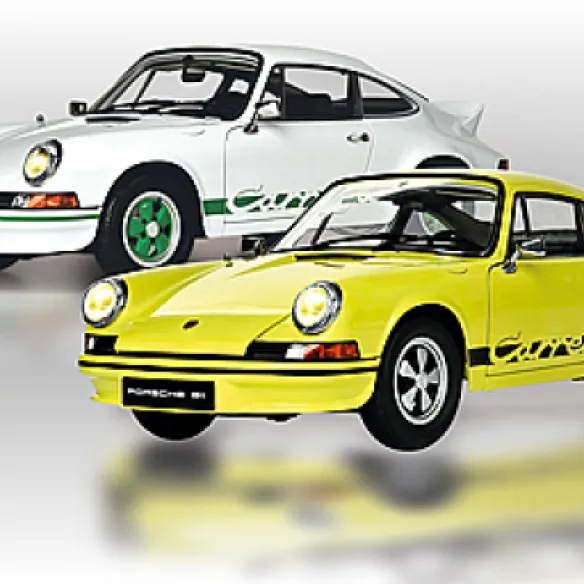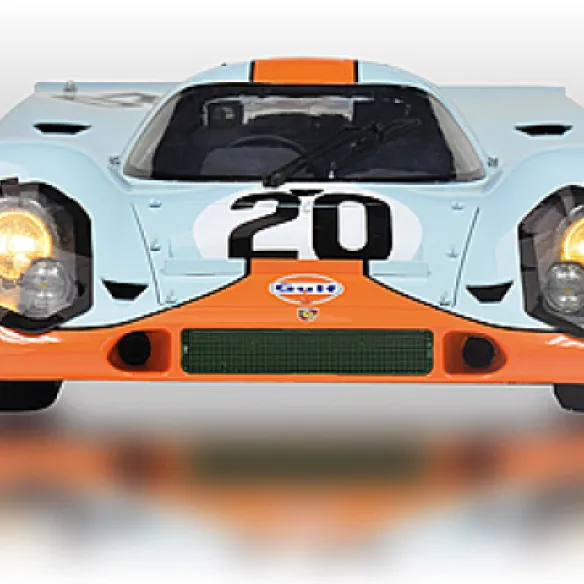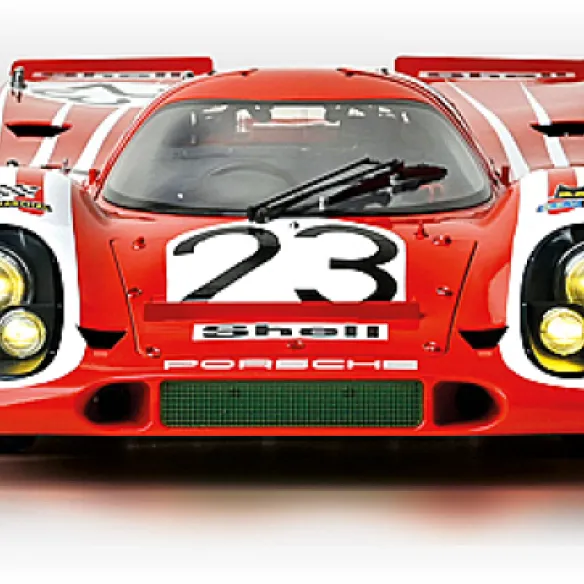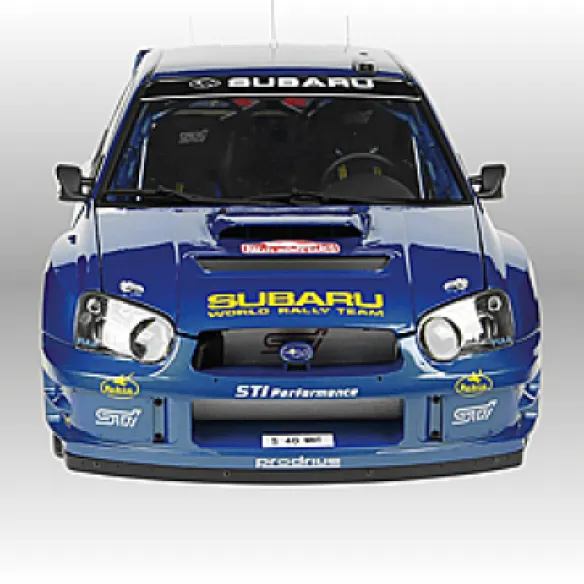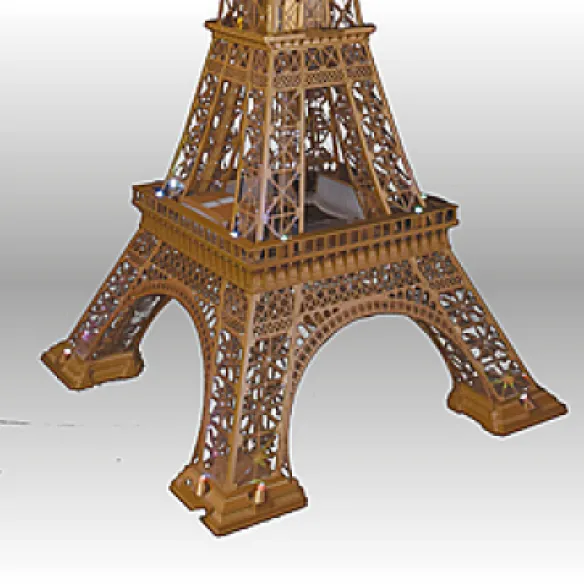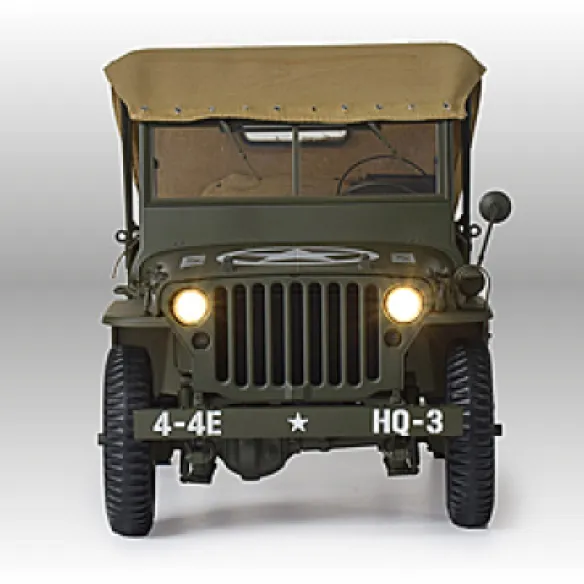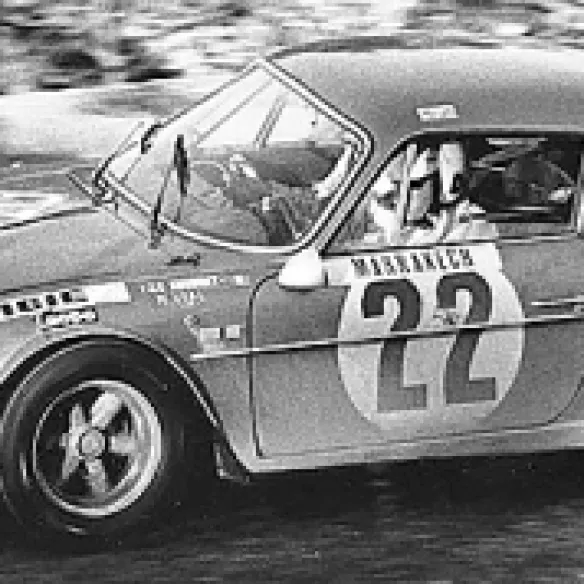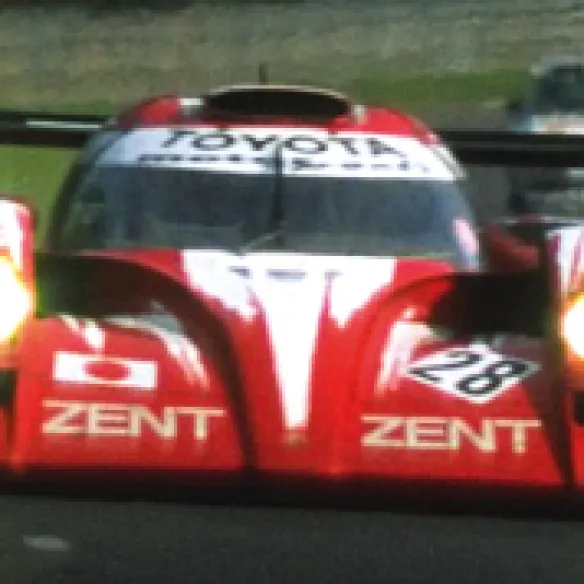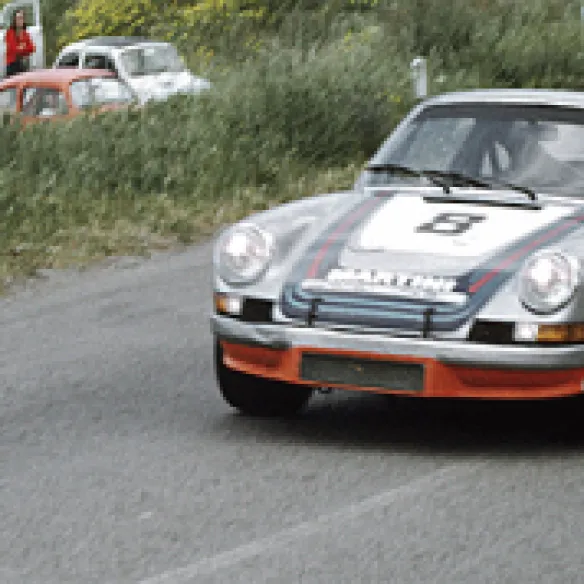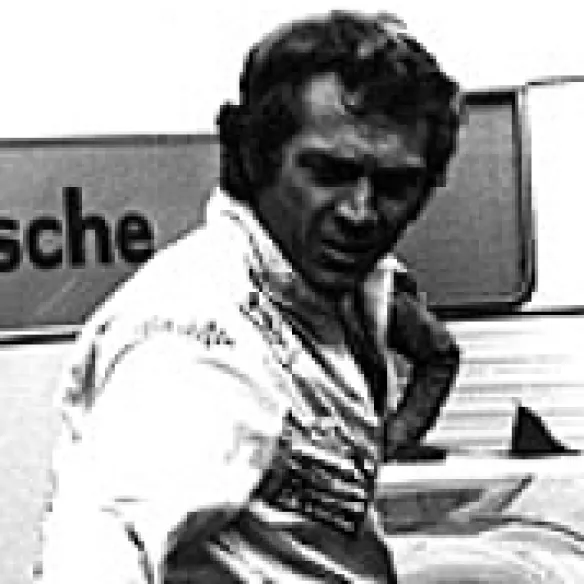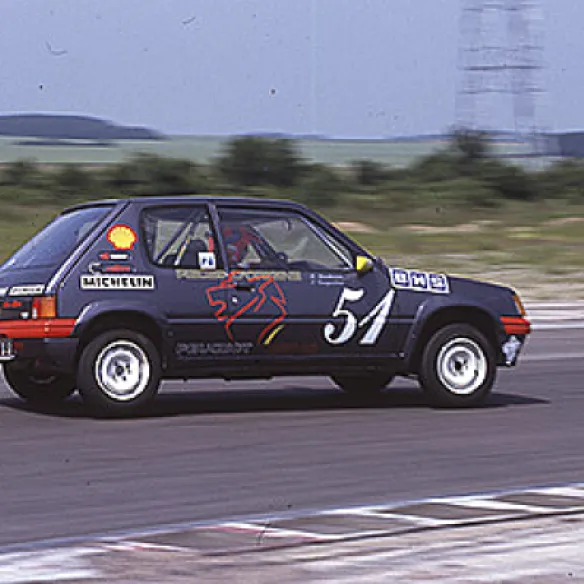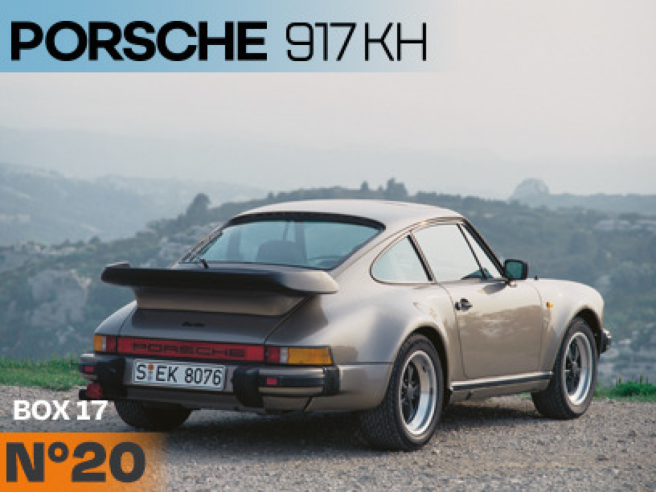
At the Paris Motor Show in 1974, Porsche presented a new version of its 911, equipped with a turbocharged 3-litre engine. Since its release, this flagship model of the German manufacturer had regularly increased the performance of its flat-six cylinder and the engineers in Zuffenhausen logically decided to continue this race for additional power by adding a turbo. This technique had been successful with the 917 Spyders competing in CanAm and it was very tempting to extend it to the Porsche road cars.
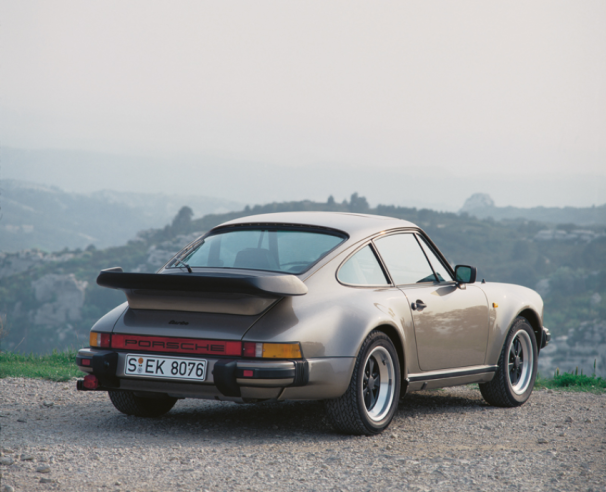
Porsche wanted to create an exceptional model with the 911 Turbo that could compete with Italian sports cars. © IXO Collections SAS - Tous droits réservés. Crédits photo © Porsche / Archives et Collections.
Porsche's concept was quite simple: take the 911, which was widely recognised for its qualities, broaden its wings to fit oversized wheels and tyres, add a rear and front spoiler, and then fit the engine with a turbo. In this way, the Weissach engineers created a sleek car with easily recognisable contours and the guarantees of competitive performance.
The trade press was particularly enthusiastic about the new Porsche. The British magazine Motor wrote: "What makes this car absolutely incomparable is the way it combines strength with smoothness", while the American magazine Road & Track described it as "Sensational, simply sensational...".
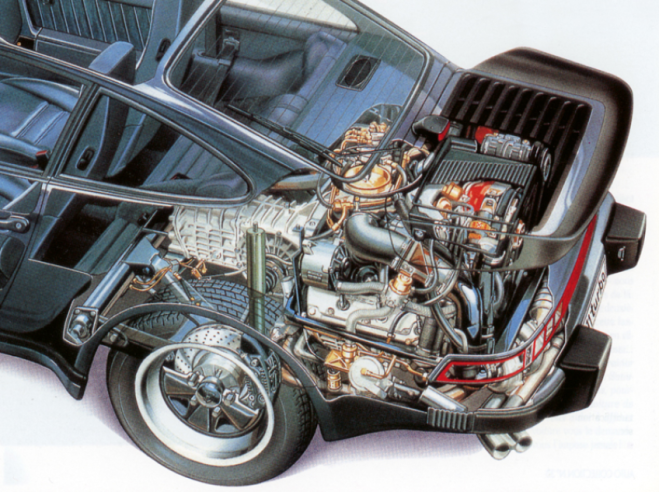
This technical drawing shows the position of the gearbox in front of the engine and the heat exchanger under the spoiler. © IXO Collections SAS - Tous droits réservés. Crédits photo © Porsche / Archives et Collections.
Porsche's showpiece
The Porsche Type 930, more commonly known as the 911 Turbo, was one of the most powerful series production cars worldwide. With this model, the German manufacturer was no longer restricted to simply competing with the best sports cars of the moment, the new Porsche 911 Turbo was immediately admitted into the very closed circle of "Sacred Monsters" such as the Ferrari 512 BB, the Aston Martin V8 and the Lamborghini Countach. Several people contributed to the development of the 911 Turbo, commissioned by Dr. Ernst Fuhrman, since 1972 the Chairman of Porsche's Board of Directors.
The head of design was engineer Helmuth Bott, who leads the Research and Development Centre in Weissach. The project manager was Wolfgang Berger, assisted by Helmut Flegl, who supervised the engineers Horst Reitter and Hans Metzger, who were respectively responsible for the chassis and engine. At the same time, Norbert Singer, head of the racing department, was responsible for the development of the 934 and 935 competition models.
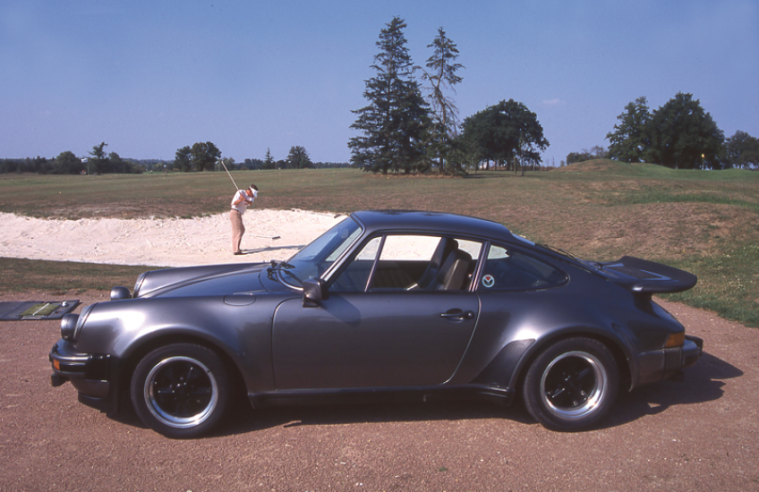
About 40% of the 20,613 Porsche 930 Turbos built between 1974 and 1988 were sold in the USA, Canada and Japan. © IXO Collections SAS - Tous droits réservés. Crédits photo © Porsche / Archives et Collections.
Blood relative of the Carrera RS
Paradoxically, it was at a time when the world was emerging from an unprecedented oil crisis that Ernst Fuhrman took a gamble on the future and gave the go-ahead for the production of a luxuriously equipped high-performance 911. As usual at Porsche, a new model is derived from a previous model without any significant innovations, while the customer is presented with a different picture, thus maintaining a certain tradition while at the same time allowing innovation to come to the forefront. In this sense, the 911 Turbo is closely related to the Carrera RS 3 Litre, which in turn was derived from the 2.7 Litre version. Initially only 400 units of the 911 Turbo were to be produced for the sportive customer base in anticipation of group 4 homologation. But the model was so successful that it was built for fifteen years before being replaced in 1989 by a new generation of 911s, the 964, with a Turbo version from 1990. Between 1974 and 1988, a total of 20,613 Porsche 911 Turbos were produced, of which 17,763 were of the 1977 3.3-litre version. The 3-litre version was only produced as a Coupé, while the 3.3-litre version was also released as a Targa and Cabriolet from 1986 to 1988.
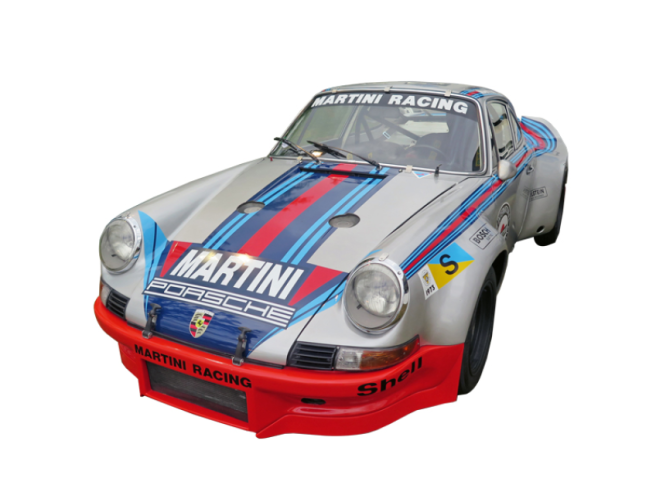
The Porsche 911 Turbo is similar to the Carrera RSR racing car. Pictured the car driven by Gijs van Lennep and Herbert Müller at the 1973 Le Mans 24 Hours 1973 (ranked 18th). © IXO Collections SAS - Tous droits réservés. Crédits photo © Porsche / Archives et Collections.
Power increase
The 3-litre flat-six engine from the Carrera had reached the limit of its development and the turbocharger will provide it with additional performance. With a displacement of 2,994 cm3 (bore 95 mm x stroke 70.4 mm), this type 930/50 engine develops 260 bhp at 5,500 rpm, with a maximum torque of 35 mkg at 4,000 rpm. The block and crankcases are made of light alloy
and the pistons of aluminium with Nikasil coating.To harness the tremendous power of the turbo, the Porsche 930's steel monocoque chassis is equipped with suspension systems derived from those used in the competition Carrera. In addition, there is a highly efficient braking system with ventilated and perforated discs (diameter 28.4 cm at the front and 29 cm at the rear). Displacement was increased to 3,299 cm 3 with the 1977 model, which now features an air-to-air intercooler to facilitate cooling of the turbo and a dual outlet exhaust. Power was increased by 40 bhp and maximum torque rose to 42 mkg.
Technical data - Porsche 930 Turbo 3.3 (1978)
• Engine: type 930/60, 6-cylinder opposed flat, longitudinal, rear overhang
• Displacement: 3,299 cm3
• Bore x stroke: 97 mm x 74.4 mm
• Power: 300 hp at 5500 rpm
• Power supply: Mechanical Fuel Injection K-Jetronic, Turbocompressor KKK
• Ignition: Bosch transistorized
• Distribution: overhead camshaft per bank, 2 valves per cylinder
• Transmission: 930/34 type, rear wheel drive, 4-speed manual + M.A.
• Tyres: Pirelli, 205/55 VR 16 (front), 225/70 VR 16 (rear)
• Brakes: ventilated discs (front and rear)
• Length: 429.1 cm
• Width: 177.5 cm
• Height: 131 cm
• Wheelbase: 227.2 cm
• Front track: 143.2 cm
• Rear track: 150.1 cm
• Weight (unloaded): 1,300 kg
• Maximum speed: 260 km/h
Recent articles
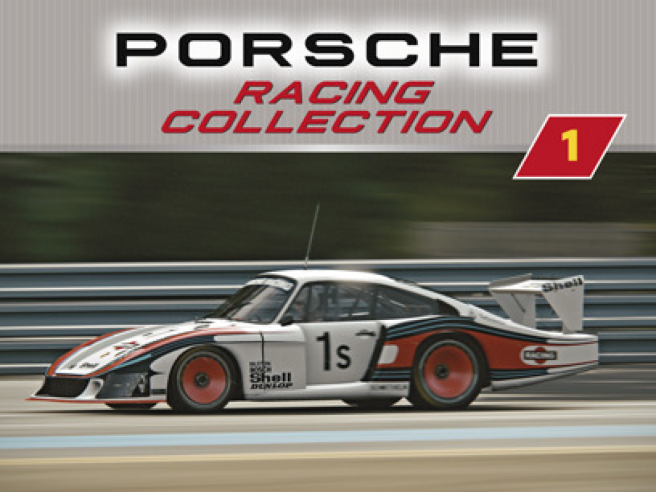
06/05/2024
PORSCHE 935/78 « Moby Dick »
Trois ans d’évolution pour arriver à 850 ch de puissance
Read more
05/05/2024
PORSCHE 911 CARRERA 2.8 RSR
A SINGLE MOTTO : REDUCE WEIGHT AND GET MORE HORSEPOWER FROM THE ENGINE
Read more

01/05/2024
PORSCHE 917 kH
The most refined engine never created by porsche
Read more


 English
English français
français Deutsch
Deutsch español
español italiano
italiano português
português